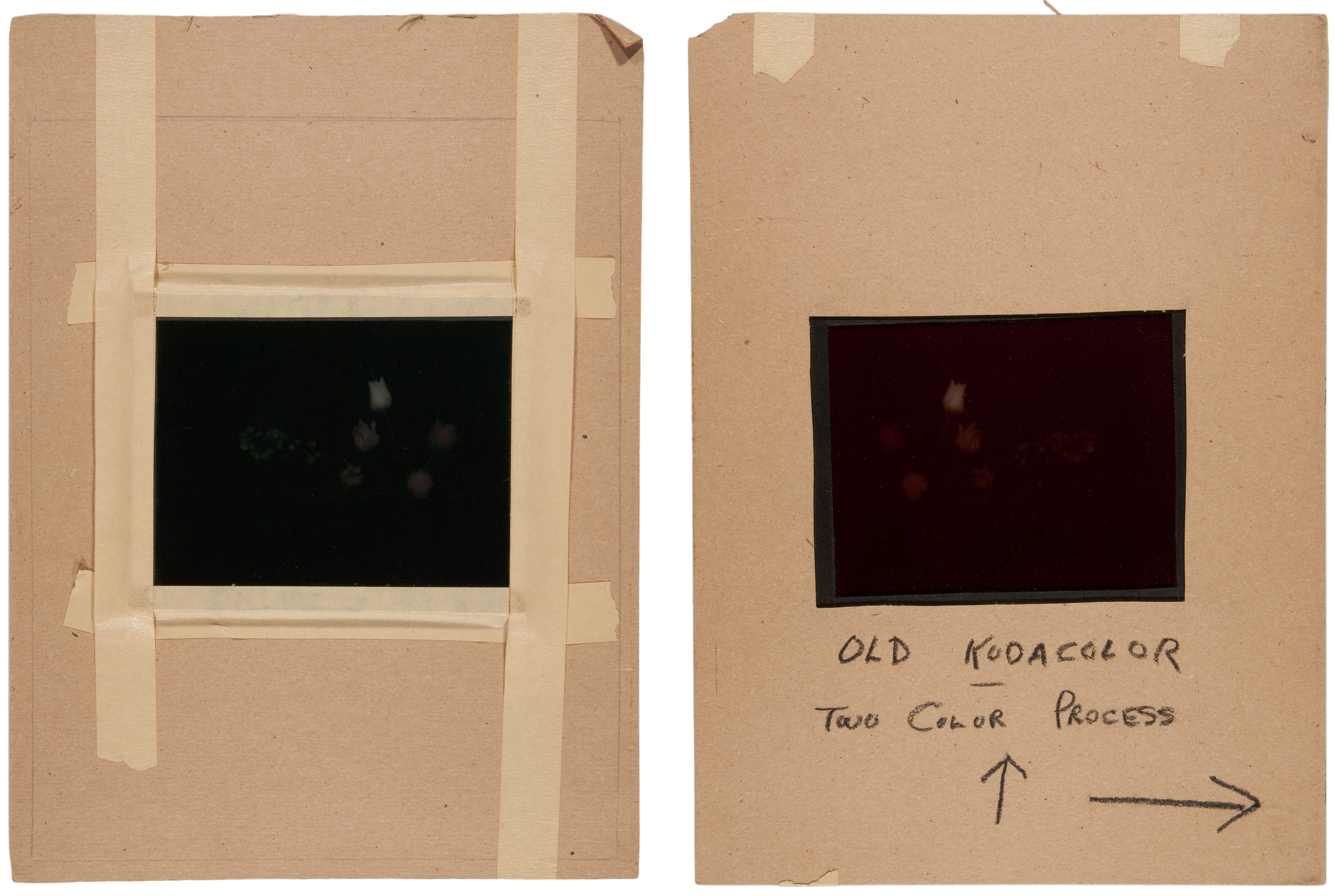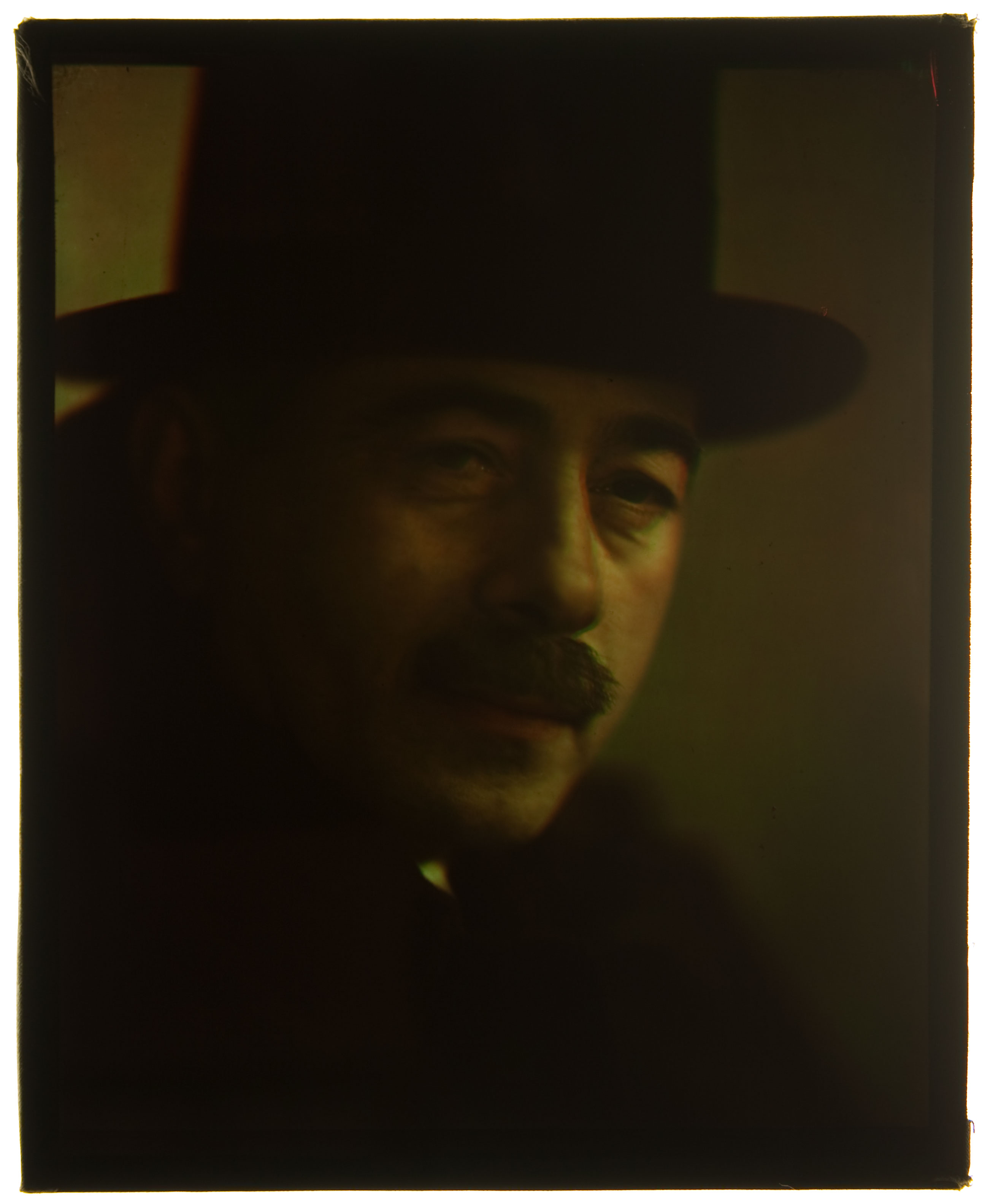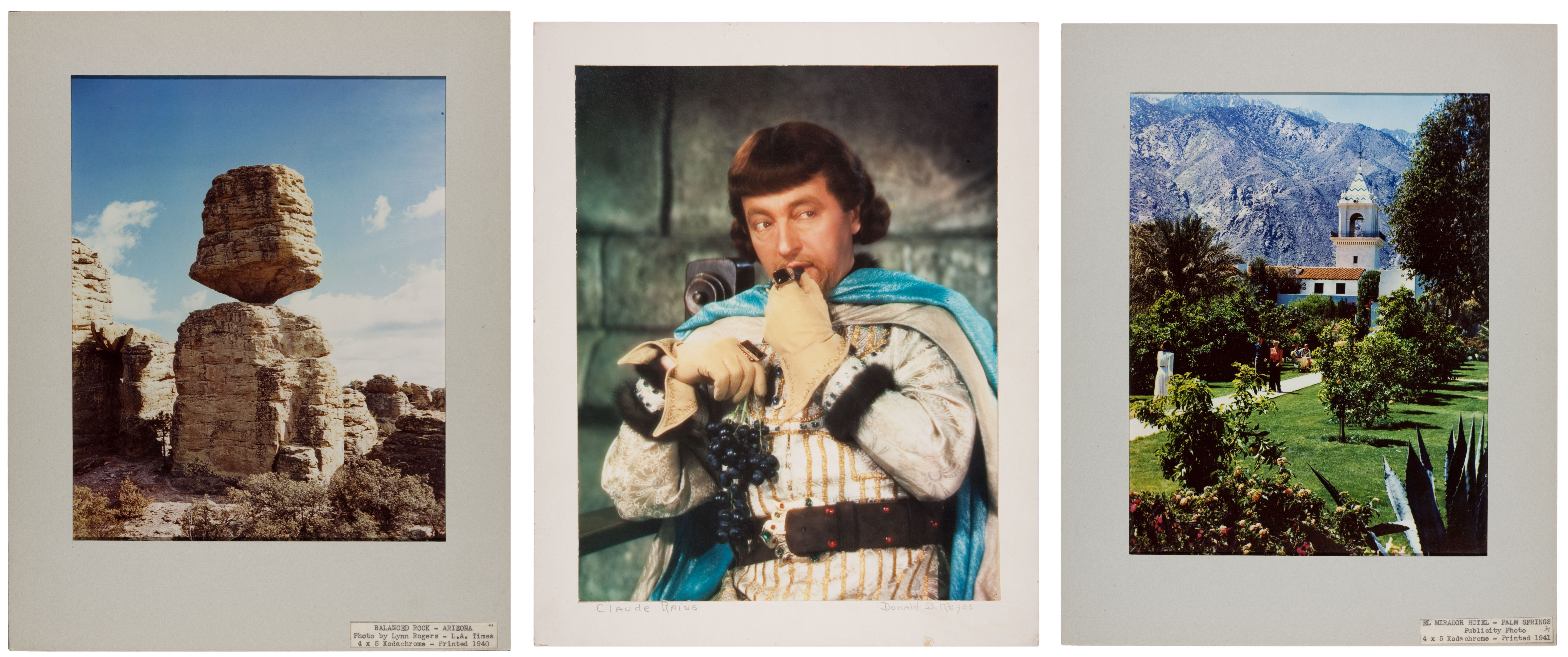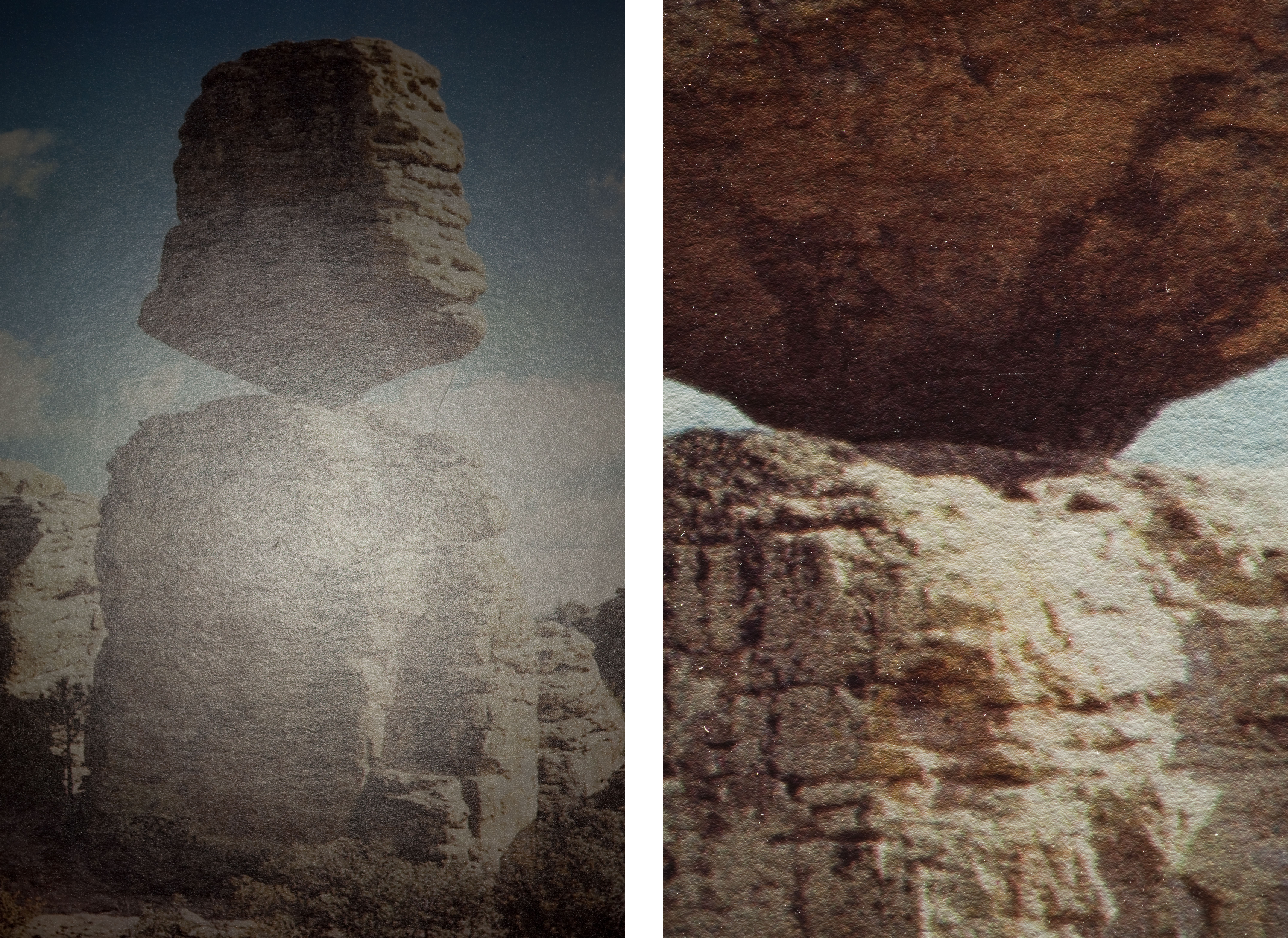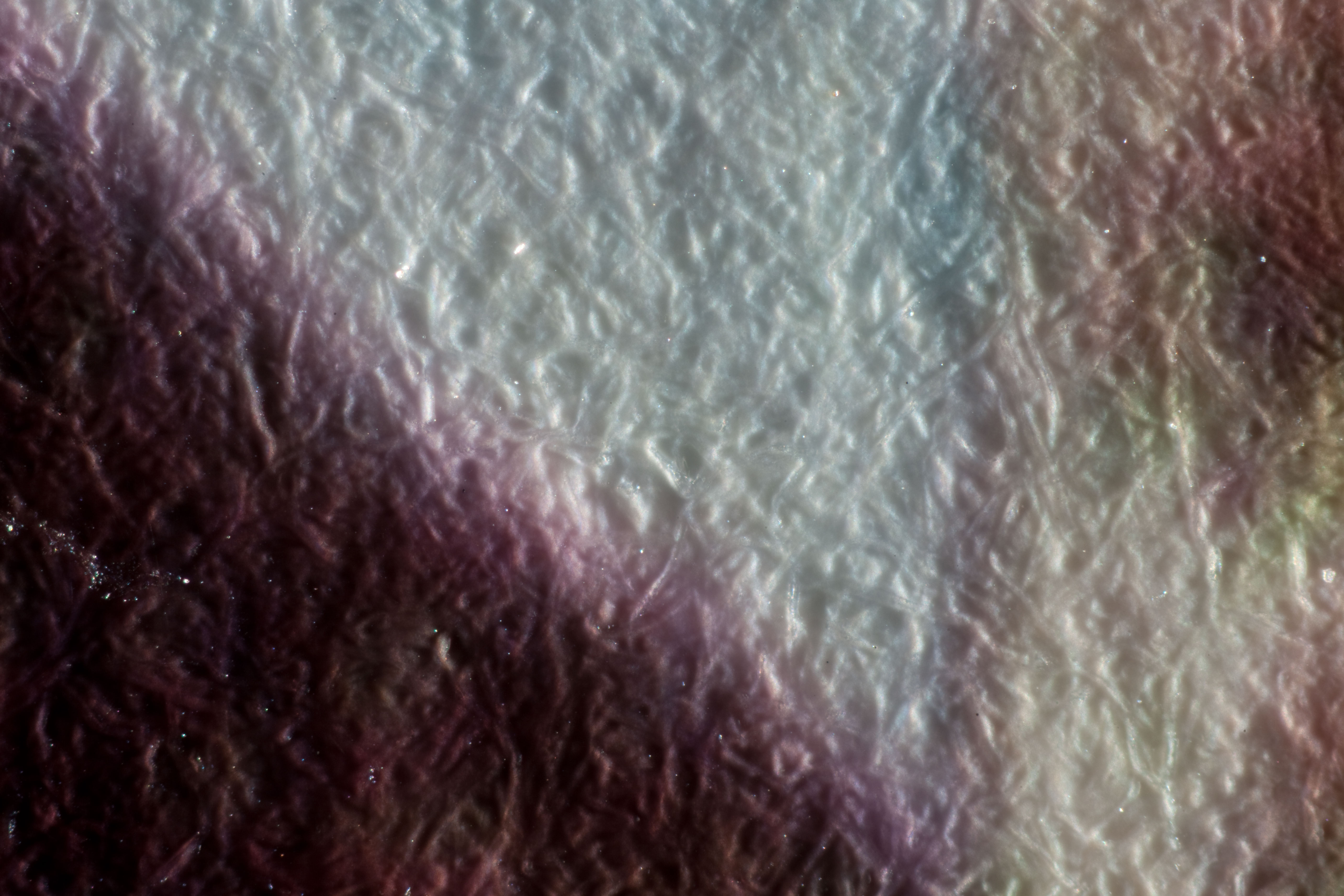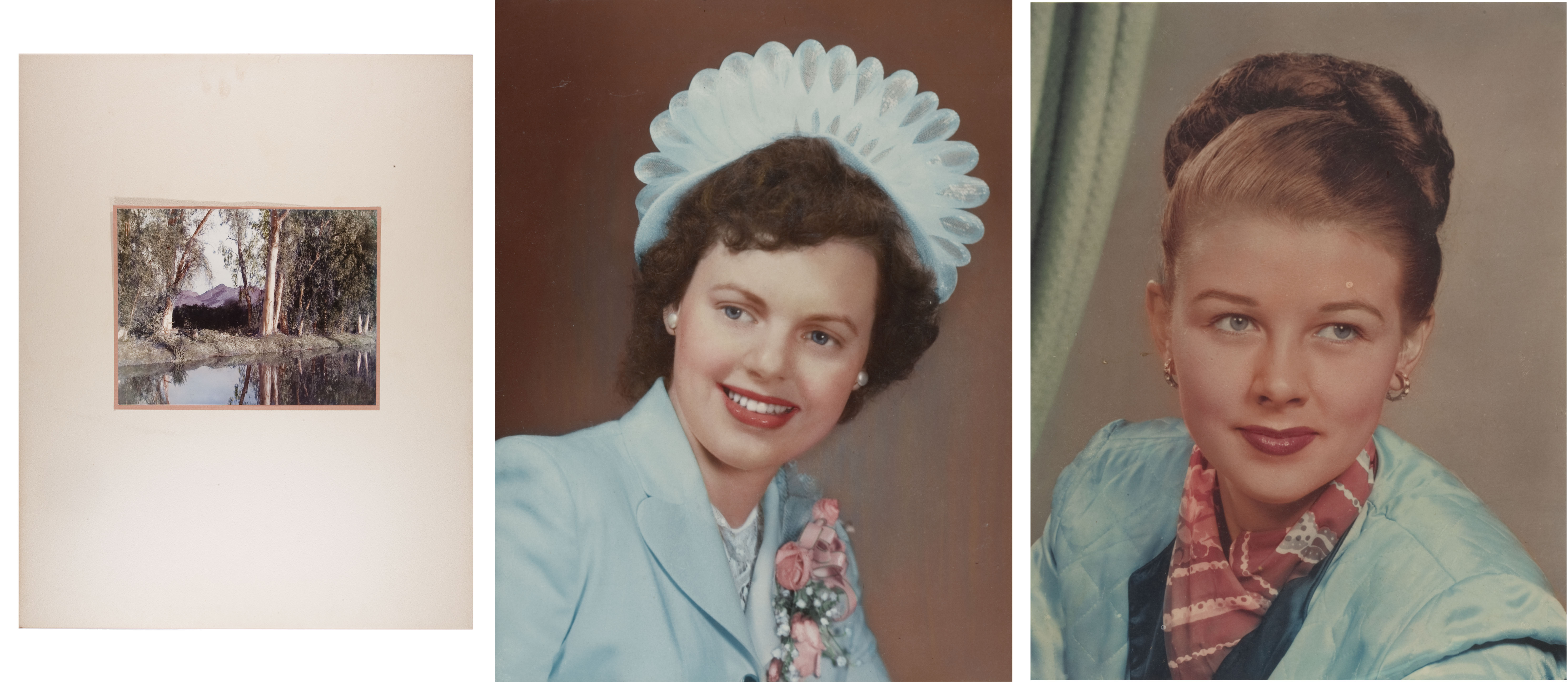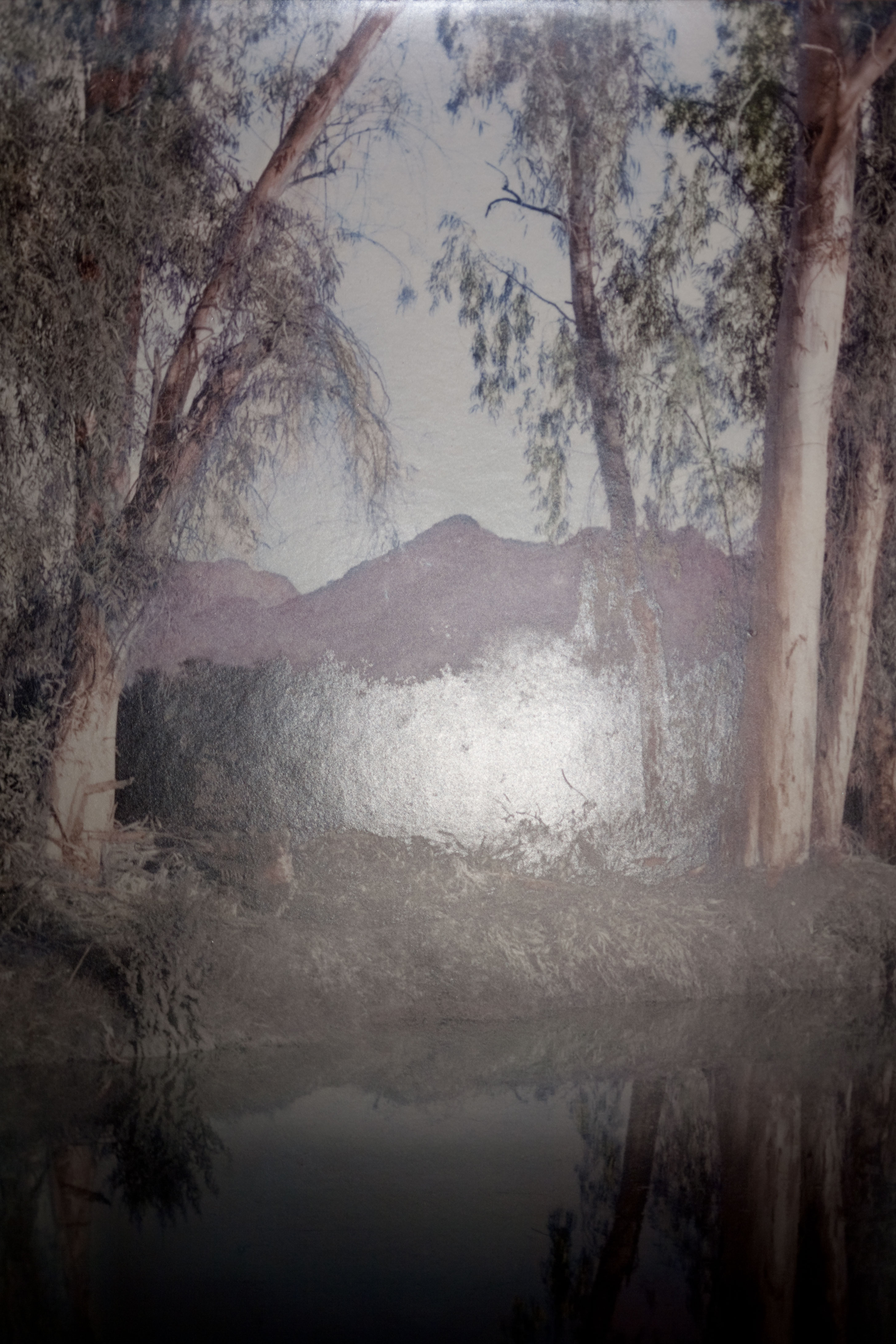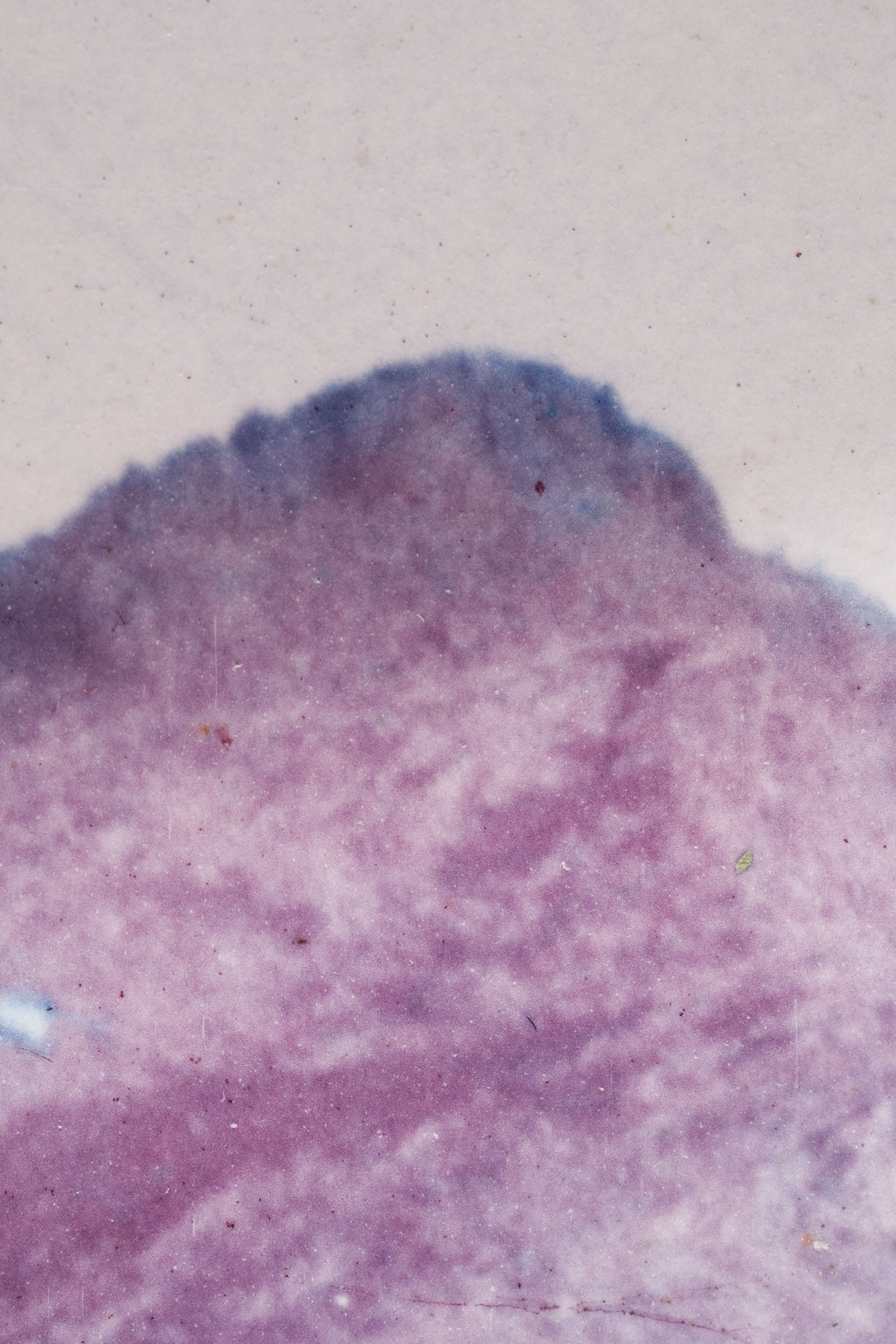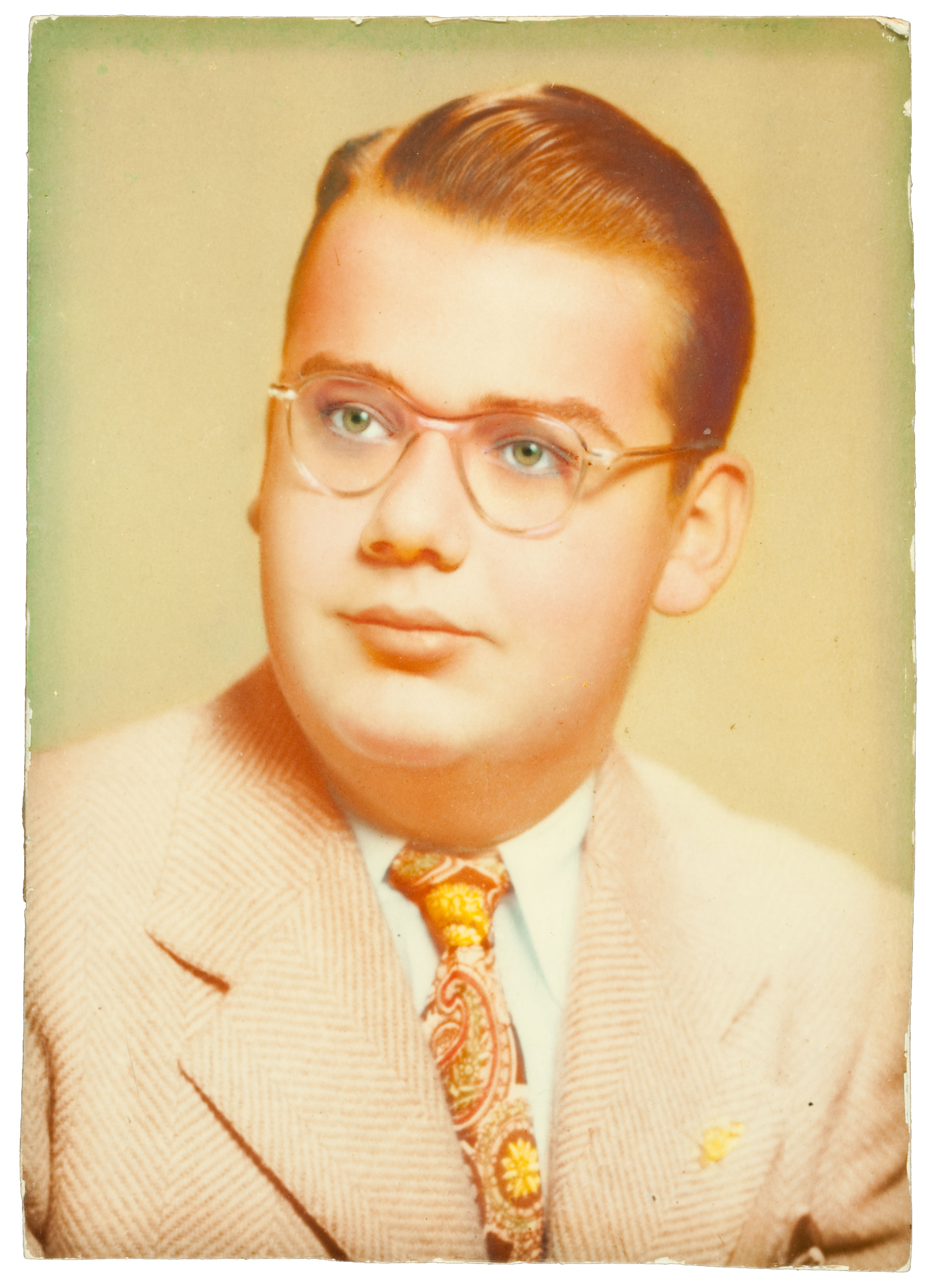Autotype Dyebro, Chroma Relief, Colour Snapshot, Colorol, Colorsnap, Condax-Dyetrol, Curtis, D.I.P., Dornisthorpe, Dye Transfer, Dyecolor, Dyetrol, Flexichrome, Hess-Ives, Hicro, Hicrome, Jos-Pe, Orthotone, Pan-Chroma, Pinatype, Snager-Shepherd, Technicolor, Uvatype, Wash-Off Relief
There were many dye imbibition processes beginning in the 1880s until the 1990s. Kodak Dye Transfer was the most widely used, however, some of its predecessors may be found in collections. For full detailed descriptions on each of the above processes and products see Twentieth Century Color Photograph: Identification and Care by Sylvie Penichon.
Most common:
Kodachrome (Two-Color)
Introduced in 1914 two color Kodachrome is a dye imbibition process. Two separation negatives were made through a red filter and through a green filter either simultaneously in a specially designed camera or in rapid succession. The gelatin dry plate negatives were developed and washed normally and then bleached in a hardening solution which caused the gelain to harden proportion to the amount of silver present. After fixing and drying, the negative exposed through the green filter was dyed red-orange and the negative exposed through the red filter was dyed blue-green. The gelatin absorbed the dye where in the unexposed, shadow areas where it was soft making a positive color image. The two dyed plates were bonded together face to face producing a color transparency. Due to the two-color system pure blues and purples were not possible. It was primarily used for portraiture.
What to look for: Two bound glass supports, one side will have appear blue and the other red. The image will have a limited color range. Magnification will reveal no distinct pattern.
Technicolor
Technicolor is a motion picture dye imbibition process. Two color Technicolor was commercially introduced in 1917. The final film print consisted a red record strip and a green record strip which were glued together and dyed the corresponding color: the green record was dyed red and the red record was dyed green. Like two color Kodachrome, this process was limited in color rendition. The process had many other technical problems that were overcome with the introduction of the three color dye transfer Technicolor process. The process is very similar to Kodak Dye Transfer in which three separation film strips were made, printed onto matrix film, the matrices were dyed the corresponding subtractive color, and the dye was transferred onto a receiving film support to make the final print. Technicolor is the widest commercial application of the dye imbibition process. For more information, visit IPI’s
FilmCare.org or the George Eastman House YouTube channel,
https://www.youtube.com/user/GeorgeEastmanHouse.
Eastman Wash-Off Relief
Eastman Kodak’s Eastman Wash-Off Relief was commercially available from 1935-1947. Eastman’s entry into the dye imbibition market was fairly smooth as they were already manufacturing imbibition materials for Technicolor. Wash-Off Relief was more predictable and provided more repeatable results than other dye imbibition products then on the market. The process was similar to its successor, Dye Transfer, requiring separation negatives each printed onto matrix film which were bleached and treated with a dichromate solution and then dyed the complimentary subtractive color (cyan, magenta, yellow). The dye was then transferred from the matrices to the receiving paper in the order magenta, cyan, then yellow. The receiving paper was either Eastman Imbibition paper or any smooth, fixed-out photographic paper. Through better then the other products on the market, it was still relatively cumbersome. Registering the matrices onto receiving paper was awkward and unreliable often resulting in soft images due to misregistration. The matrices had a cellulose nitrate base, which were dimensionally unstable. The process was also very long and laborious requiring twenty minutes for each color to transfer. It could take up to four hours to produce a single print. Kodak improved many of these problems with Dye Transfer introduced in 1946. The registration procedure was much easier and the dyes transferred much more rapidly taking only 5-10 minutes for the cyan image to transfer, 8-12 minutes for magenta, and 3 minutes for yellow. The only way to distinguish between an Eastman Wash-Off Relief print and Dye Transfer print is by dating the print; Dye Transfer was introduced in 1946 and Wash-Off Relief was soon taken off the market.
What to look for: Dye imbibition print dating before 1946; image continuous in tone; often a semi-matte surface sheen.
Flexichrome
Crawford Flexichrome was a dye imbibition process initially introduced in the 1940s by the Crawford Flexichrome Company then by the Defender Company from 1940-1942. Kodak bought the patent and reintroduced Flexichrome with improvements to the process in 1949 and marketed it until 1961. Flexichrome starts either with a negative image on black and white panchromatic film or with a color transparency which is then printed onto panchromatic film forming a black and white negative. The negative was then printed by enlargement onto Kodak Flexichrome Stripping Film through the base of the film. The film was developed in a tanning developer in which caused the gelatin surrounding the developed silver particles to harden. The film was washed in hot water washing away the unhardened, soluble gelatin and the silver was bleached and removed in bleaching and fixing baths leaving just a clear gelatin relief image. The film was immersed in a black dye bath called Modeling Agent which was absorbed into the gelatin relief. The film was stripped from its support and transferred to a permanent support consisting of gelatin coated paper or plastic. The image was then colored by hand using Kodak Flexichrome Colors. The colors were absorbed into the gelatin in proportion to the thickness of the gelatin relief. The process was marketed primarily to advertising agencies and commercial studios. Kodak emphasized the flexibility of color choice and ease of application.
What to look for: Color appears hand applied; magnification reveals an effect similar to coloring outside the lines; differential gloss possible; color continuous in tone.
